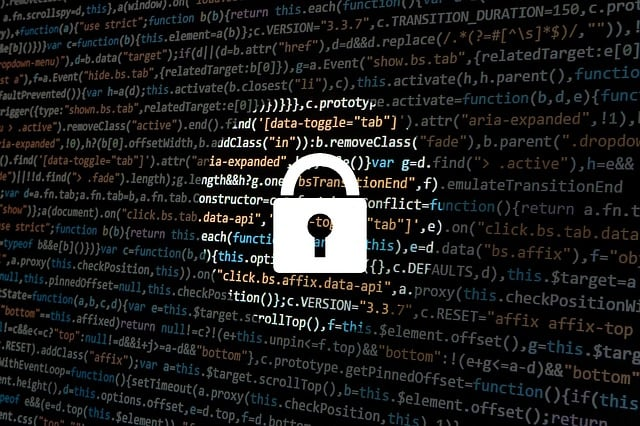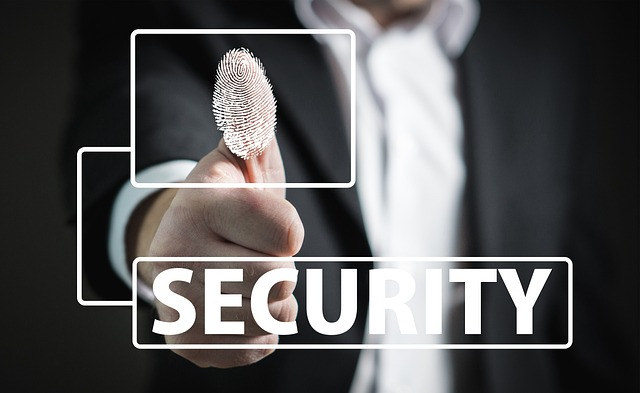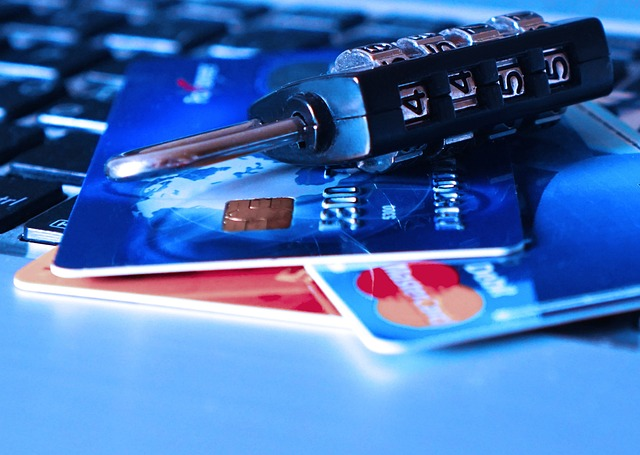In the digital age, protecting against identity fraud is critical. This article outlines essential strategies, including multi-factor authentication, secure onboarding, identity-bound biometrics, cryptographic key authentication, proof-of-presence, secure sessions, fraud awareness campaigns, real-time monitoring, and having a response plan for breaches. Implementing these measures helps organizations strengthen security and safeguard user identities.
TL;DR
- Multi-Factor Authentication (MFA): Use MFA to create multiple layers of security, making unauthorized access difficult even if one factor is compromised.
- Secure Onboarding: Verify new users through government IDs, biometric checks, or live video to ensure authentic identities from the start.
- Identity-Bound Biometrics (IBB): Utilize biometrics like fingerprints and facial recognition, which are unique and hard to replicate, to enhance security.
- Cryptographic Key Authentication: Employ cryptographic keys for user authentication, which are highly secure and difficult to forge.
- Proof-of-Presence: Ensure users are physically present during login sessions through biometrics, liveness checks, or dynamic QR codes.
- Secure Sessions: Implement automatic session timeouts and token-based authentication to protect active sessions from unauthorized access.
- Identity Fraud Awareness Campaign: Educate employees and users about identity fraud prevention, phishing, and security best practices.
- Monitor and Detect: Use AI and machine learning to monitor user activity, detect anomalies, and issue fraud alerts in real time.
- Plan B for Fraudulent Activity: Have a response plan for potential breaches to mitigate damage and ensure quick recovery.
1. Use Multi-Factor Authentication
Multi-Factor Authentication (MFA) contributes to fraud prevention by requiring more than one method of authentication from independent categories of credentials to verify the user's identity for a login or other transaction.
This approach combines two or more distinct validation mechanisms: something the user knows (like a password), something the user has (such as a security token or a mobile phone), and something the user is (like a fingerprint or facial recognition).
By layering these different methods, MFA creates a compounded barrier against identity fraud. Even if one factor (like a password) is compromised, unauthorized access for someone trying to commit fraud is still hindered by the additional authentication requirements.
This multifaceted defense is crucial to protect sensitive data and personal information in an increasingly digital world, where single-factor authentication methods are no longer adequate against sophisticated cyber threats.

2. Secure Onboarding: Strengthening Identity Verification
It is important to verify the identity of new users before granting access to services or platforms. For instance, this may include checking government-issued IDs, conducting biometric verification, or using live video verification to ensure the person creating the account is who they claim to be.
By implementing such rigorous checks at the entry point, fraudulent activity using stolen or fake identities can be significantly reduced. This proactive approach not only deters the use of a stolen identity but also adds a layer of trust and security to the platform. It ensures that only verified individuals gain access, thereby you can protect the platform and its users from the risks associated with identity fraud.
3. Avoid AI-driven Fraud with Identity-Bound Biometrics
Identity-Bound Biometrics (IBB) elevates security measures by tying biometric data directly to a user's unique identity, creating a powerful mean of fraud prevention. This approach uses distinct physiological characteristics, such as fingerprints, facial recognition, or iris scans, which are inherently bound to the individual and cannot be easily duplicated or transferred.
In contrast to traditional authentication factors like passwords or security questions, which can be intercepted or replicated by advanced AI-driven fraud techniques, biometrics provides a more resilient defense. AI algorithms, despite their sophistication, struggle to mimic or breach biometric data accurately due to its complexity and uniqueness.
By incorporating biometrics, online platforms and services can significantly enhance online security, effectively reducing the risk of identity theft and unauthorized access in an era where conventional authentication methods are increasingly vulnerable.

4. Utilize Cryptographic Key Authentication
Utilizing cryptographic key authentication is an advanced method for enhancing security and combating identity fraud. This process involves using unique digital keys for verifying a user's identity. These keys are cryptographic codes that are nearly impossible to replicate, ensuring a high level of security. For instance, during user onboarding, a cryptographic key pair (a public and a private key) is generated.
The public key is openly shared, while the private key is securely stored by the user. To authenticate, users prove they possess the private key without actually revealing it, often through a digital signature or a cryptographic challenge.
The complexity of the cryptographic keys makes them extremely difficult to forge or steal, unlike traditional passwords or even biometric data, which can be replicated or obtained by sophisticated fraudsters using AI-driven techniques.

5. Ensure Proof-of-Presence During Login Sessions
In cybersecurity, proof-of-presence is a crucial mechanism to verify that a real, live person is present during a login session, effectively safeguarding against automated or fraudulent access attempts. This approach is vital in fraud prevention, as it ensures the user accessing the system is legitimate and not a bot or an imposter using stolen login credentials, for example from previous data breaches.
Proof-of-presence can be established through various methods. Biometric verification confirms a user's identity based on unique physical traits. Liveness checks add another layer of security, requiring users to demonstrate real-time interactions, like blinking or smiling, to differentiate them from static images or recordings.
Dynamic QR codes offer a third, innovative solution, where users scan a time-sensitive code with a trusted device, integrating physical interaction with digital authentication. These methods collectively ensure that the person attempting access is physically present and authorized, significantly reducing the risk of identity theft and unauthorized access.

6. Provide Secure Sessions
In the battle against identity fraud, providing secure sessions is a fundamental strategy for online platforms. Implementing automatic session timeouts is a crucial element of this approach. It ensures that user sessions are not left open indefinitely, which could lead to unauthorized access if a device falls into the wrong hands.
This method automatically logs users out after a period of inactivity, thereby safeguarding their accounts. Alongside, the use of token-based authentication, particularly in mobile devices, adds an additional layer of security.
When a user logs in, they are assigned a unique token which is used to manage their session. This token acts as a digital key, granting access for the session duration and invalidating itself upon logout or expiration.
Unlike traditional session management methods, tokens are more secure as they can carry detailed personal information about user permissions, are less susceptible to theft, and provide a controlled access window.
Together, these measures ensure that user sessions are not only secure but also resilient to identity theft. Thus, you can protect both your users and your platform from potential breaches.
7. Identity Fraud Awareness Campaign within the Organization
Accounting for the human factor is crucial when it comes to mitigating the risk of identity fraud. Employees and users are often the first line of defense against such threats. Educating and making people aware within your organization can significantly enhance this defensive layer.
This involves regularly disseminating security notifications to inform about the latest fraud schemes and how to avoid them.
Providing education on best practices is also vital, offering users actionable tips and guidelines to protect their digital identities. This could include advice on creating strong passwords, recognizing secure websites, and safely managing personal information. Additionally, making people aware of phishing – one of the most common methods of identity fraud – is essential.
Educating users on how to recognize and report phishing attempts helps in cultivating a vigilant and informed user base. Such continuous education and awareness initiatives not only empower users but also foster a culture of security within the organization, significantly reducing the likelihood of identity fraud.
8. Monitor and Detect Potential Identity Fraud
No matter how well educated your employees are, or how strong your technical solution is, the above cannot guarantee that fraudsters succeed, and you might also want to keep track of the amount and type of attempts. That’s why monitoring and detection also play a pivotal role in safeguarding your platform.
Implementing advanced fraud alerts is key, as these systems are adept at identifying and flagging unusual patterns that may indicate fraudulent activities.
By monitoring transactions and user activities in real time, these systems immediately report any suspicious activity, thereby reducing the risk of significant damage. The integration of AI and machine learning algorithms takes this a step further. These technologies are capable of analyzing vast amounts of data to identify anomalies and patterns of behavior that might elude traditional detection methods.
This could include detecting unusual login locations or times, atypical transaction volumes, or unfamiliar device usage. By proactively monitoring and rapidly responding to these indicators, online platforms can effectively preempt and combat identity fraud, ensuring a secure environment for their users.
9. Have a Plan B - Be Prepared for Fraudulent Activity
Finally, no system is foolproof. While robust preventive measures are essential, it's equally crucial to have a plan for the worst-case scenario: a successful breach. This is where disaster recovery and response planning come into play.
Having a well-defined incident response plan ensures that the organization knows exactly how to react when an identity fraud has occurred. Time is of the essence in such situations, and a clear plan can help mitigate the damage. Proactive measures can be the difference between a minor setback and a full-blown catastrophe, underlining the importance of preparedness in the face of accomplished identity fraud.
